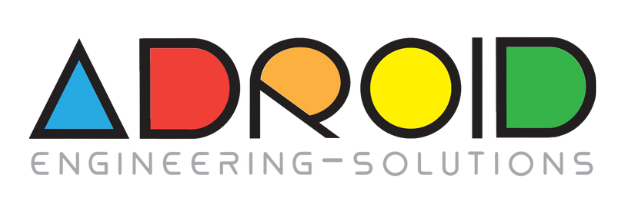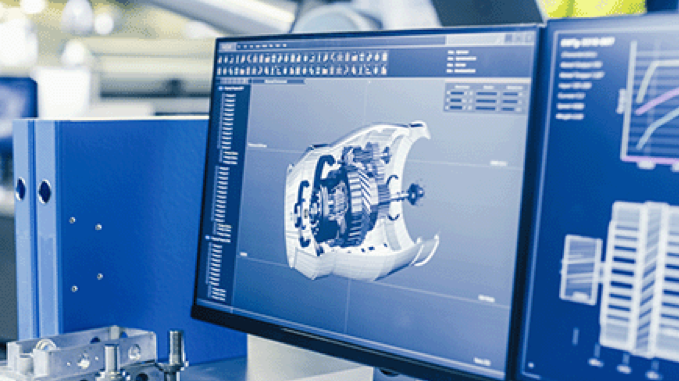
A Journey from Drawing Boards to Digital Excellence
A career in mechanical engineering provides access to a world where efficiency, creativity, and accuracy come together. This case study explores my experiences working as the Department Head at an Indian Railway Coach Repair Workshop, where my duties included new installations, the intricate workings of CNC machines, and the routine maintenance of all workshop equipment.
The field of mechanical engineering saw significant change during my employment. Hands-on problem-solving, manual drawings, and traditional approaches were the norm. My team and I overcame the difficulties despite the lack of contemporary tools like CAD, CAE, and PLM, guaranteeing maximum effectiveness and performance in the workshop.
Early Days: A Glimpse into Traditional Mechanical Engineering:
In the early stages of my career, our workshop operated on drawing boards, relying heavily on traditional methods for machine maintenance and repairs. While these practices were foundational and effective in their time, the limitations were evident – downtime due to breakdowns, duplication of tasks, and the challenge of predicting maintenance needs accurately.
In the absence of digital tools, conventional engineering methods, expertise, and intuition were extensively relied upon. The team’s years of accumulated experience were called upon for a precise approach to every installation, every intricate CNC machine, and every maintenance task. We were proud of our capacity to produce outstanding achievements without the modern-day digital conveniences.
The Paradigm Shift: Introduction of CAD, CAE and PLM
As the head of the department, my main goal was to keep our workshop running smoothly and with as little downtime as possible. I became vividly aware of the unrealized promise of computer-aided engineering (CAE) at this period.
However, after leaving active duty and seeing how the newer engineers were able to smoothly integrate this new technology into their jobs, I became even more curious. Realizing the benefits that CAD, CAE, and PLM provided for their projects led to an appreciation of the unrealized potential these tools held.
It became clear how engineering expertise and contemporary technologies worked together. These instruments were strong collaborators that increased inventiveness, streamlined procedures, and improved precision rather than being a replacement for conventional engineering prowess. I wanted to learn more about the revelations of being able to design using CAD, simulate and troubleshoot with CAE, and manage the full product life cycle with PLM.
Holistic View
This insight served as the motivation to start understanding and comprehending these contemporary technologies. By embracing the synergistic power of cutting-edge tools and classic engineering thought, I was able to get a deeper grasp of mechanical engineering. My understanding of the field’s changing terrain was based in large part on the integration of CAD, CAE, and PLM.
The Call for Collaboration: CAD, CAE, and PLM Working in Harmony:
In the field of mechanical engineering, the integration of computer-aided design (CAD), computer-aided engineering (CAE), and product life cycle management (PLM) signifies a revolutionary paradigm change.
The foundation is CAD, which gives engineers the ability to imagine and design with never-before-seen accuracy. Its use has grown beyond simple drafting to include becoming a dynamic tool for animating ideas in a virtual world.
CAE steps in as the problem-solver, offering the ability to simulate, analyze, and troubleshoot designs before they hit the production floor. The collaborative power of CAE ensures that potential issues are identified and resolved in the digital realm, minimizing costly errors during the physical implementation phase.
PLM becomes the conductor, offering a comprehensive perspective of the product life cycle. It creates a smooth transition between the design, manufacture, and maintenance phases, encouraging teamwork and guaranteeing an efficient workflow from inception to decommissioning.
The collaboration of PLM, CAD, and CAE reduces silos, optimizes processes, and promotes a more unified engineering process. CAD-generated designs move smoothly into CAE simulations, where reliability and performance are put to the test. The team as a whole, from design engineers to maintenance personnel, operates with synchronized information thanks to the smooth data flow into PLM.
Inspiration for the Next Generation:
My experience is a living example of the amazing opportunities that arise from the combination of classical mechanical engineering and cutting-edge tools like CAD, CAE, and PLM. It has been eye-opening to watch young engineers use this contemporary technology with such ease and proficiency in their profession. I extend a sincere appeal to the upcoming generation of mechanical engineers to fully embrace these tools. With their ability to work together, CAD, CAE, and PLM have the potential to completely change the way we tackle mechanical engineering problems and bring about previously unheard-of levels of precision, efficiency, and creativity.
Adapting to Change: The Future of Collaborative Engineering:
The need for cooperation across CAD, CAE, and PLM will only intensify as technology advances. The capacity to adjust, incorporate, and harness the combined strength of these instruments to overcome obstacles, resolve difficult issues, and create ground-breaking discoveries will determine the direction of mechanical engineering in the future.
Conclusion: Elevating Mechanical Engineering Through Innovation:
Now, as I start offering my skills to businesses looking for a creative approach to mechanical engineering, my experiences act as a source of motivation for people who are ready to realize the limitless possibilities that come with embracing the revolutionary potential of these cutting-edge instruments. I encourage ambitious start-ups and small design firms to take advantage of the opportunities provided by CAD, CAE, and PLM since they have the power to completely transform the landscape of mechanical engineering, offering limitless avenues for growth and success.



